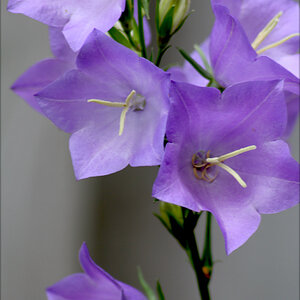MarcusM
TPF Noob!
- Joined
- Sep 12, 2007
- Messages
- 1,236
- Reaction score
- 0
- Location
- St. Paul, MN, USA
- Can others edit my Photos
- Photos OK to edit
I know this has been discussed a bit before, and I did a search but didn't find answers to my specific questions, so here goes, any help appreciated.
I have an opportunity to possibly take some photographs of artists' paintings to use for their portfolios. I have already taken some photos of an artist friend's paintings and learned a little, they came out pretty decent but I want to make sure I'm doing this right if I'm going to get paid.
1. This relates to all off-camera flash in general, but I've wondered this and haven't ever seen this question addressed: When using off-camera flash, does the existing light in the room ever cause problems with the color?
2. What is the best way to be able to take photos of extremely large paintings (40 x 40" or so), I have the Manfrotto 055XPROB - if I'm laying the painting on the ground, can I get back far enough with this?
3. Would my Canon 50mm f/1.4 lens work for this?
4. I would like to work with natural light if at all possible, is there some type of diffuser that would work to take these out in the back yard to shoot them?
5. Is there anything else I should know about? I would think this is fairly minimal and simple as far as the setup and like I said I've already had good results; the artist loved them and has had many compliments but I just want to make sure I cover the bases and don't disappoint anyone!
I have an opportunity to possibly take some photographs of artists' paintings to use for their portfolios. I have already taken some photos of an artist friend's paintings and learned a little, they came out pretty decent but I want to make sure I'm doing this right if I'm going to get paid.
1. This relates to all off-camera flash in general, but I've wondered this and haven't ever seen this question addressed: When using off-camera flash, does the existing light in the room ever cause problems with the color?
2. What is the best way to be able to take photos of extremely large paintings (40 x 40" or so), I have the Manfrotto 055XPROB - if I'm laying the painting on the ground, can I get back far enough with this?
3. Would my Canon 50mm f/1.4 lens work for this?
4. I would like to work with natural light if at all possible, is there some type of diffuser that would work to take these out in the back yard to shoot them?
5. Is there anything else I should know about? I would think this is fairly minimal and simple as far as the setup and like I said I've already had good results; the artist loved them and has had many compliments but I just want to make sure I cover the bases and don't disappoint anyone!


![[No title]](/data/xfmg/thumbnail/37/37093-76cde0d618a8f2748a7d7543d7b4f9ea.jpg?1619737881)
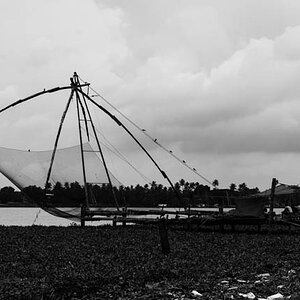
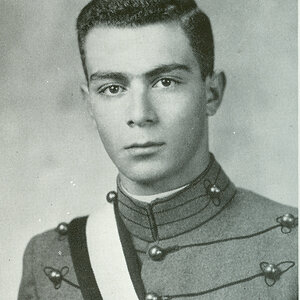
![[No title]](/data/xfmg/thumbnail/37/37606-3c9ffb5906173fa2aa489341967e1468.jpg?1619738148)
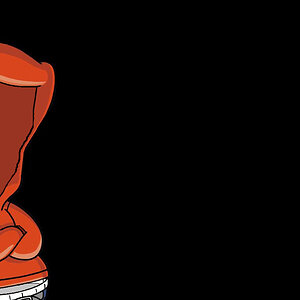
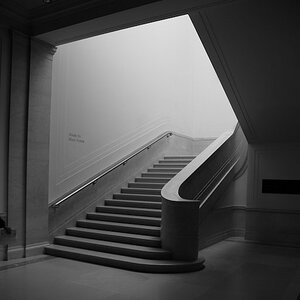
![[No title]](/data/xfmg/thumbnail/42/42034-6262420ff3ea238f05395bbcc7ae1f28.jpg?1619739985)
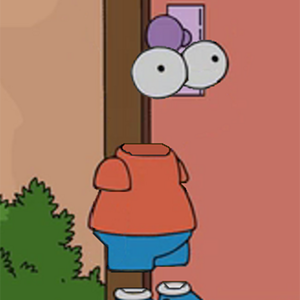
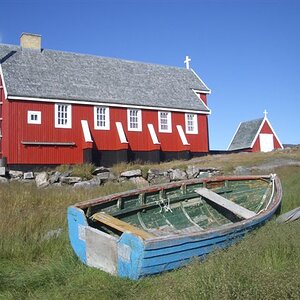
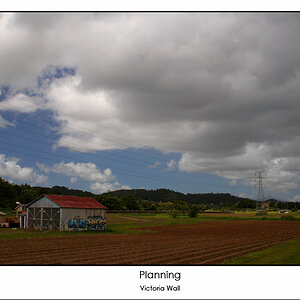
![[No title]](/data/xfmg/thumbnail/34/34052-c6933243940b9ae3474b0a2abaa08312.jpg?1619736253)
